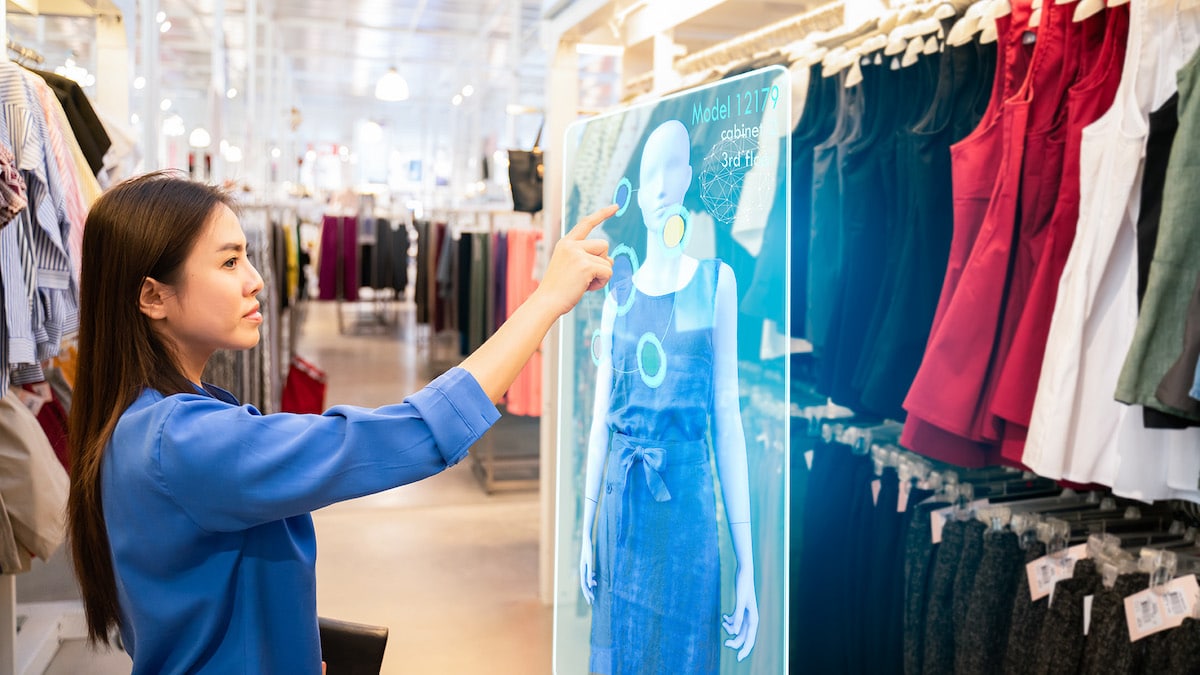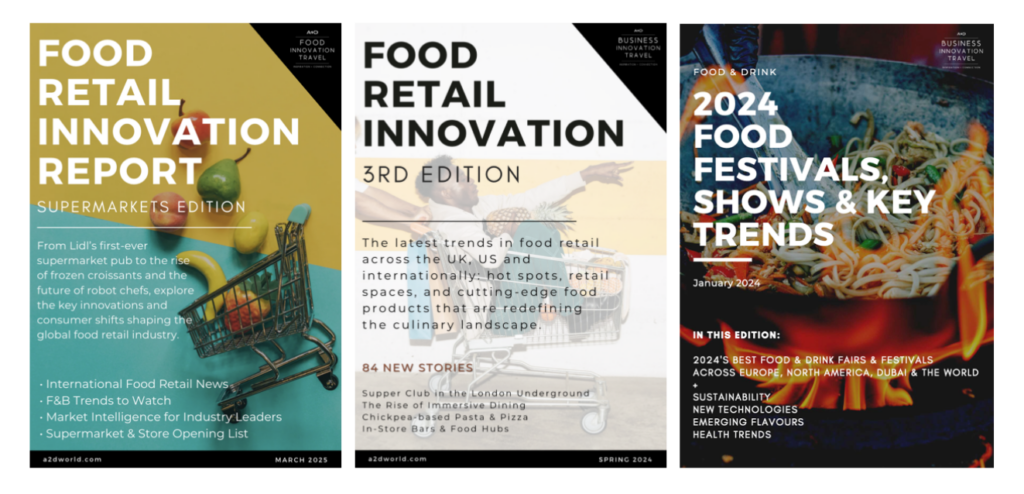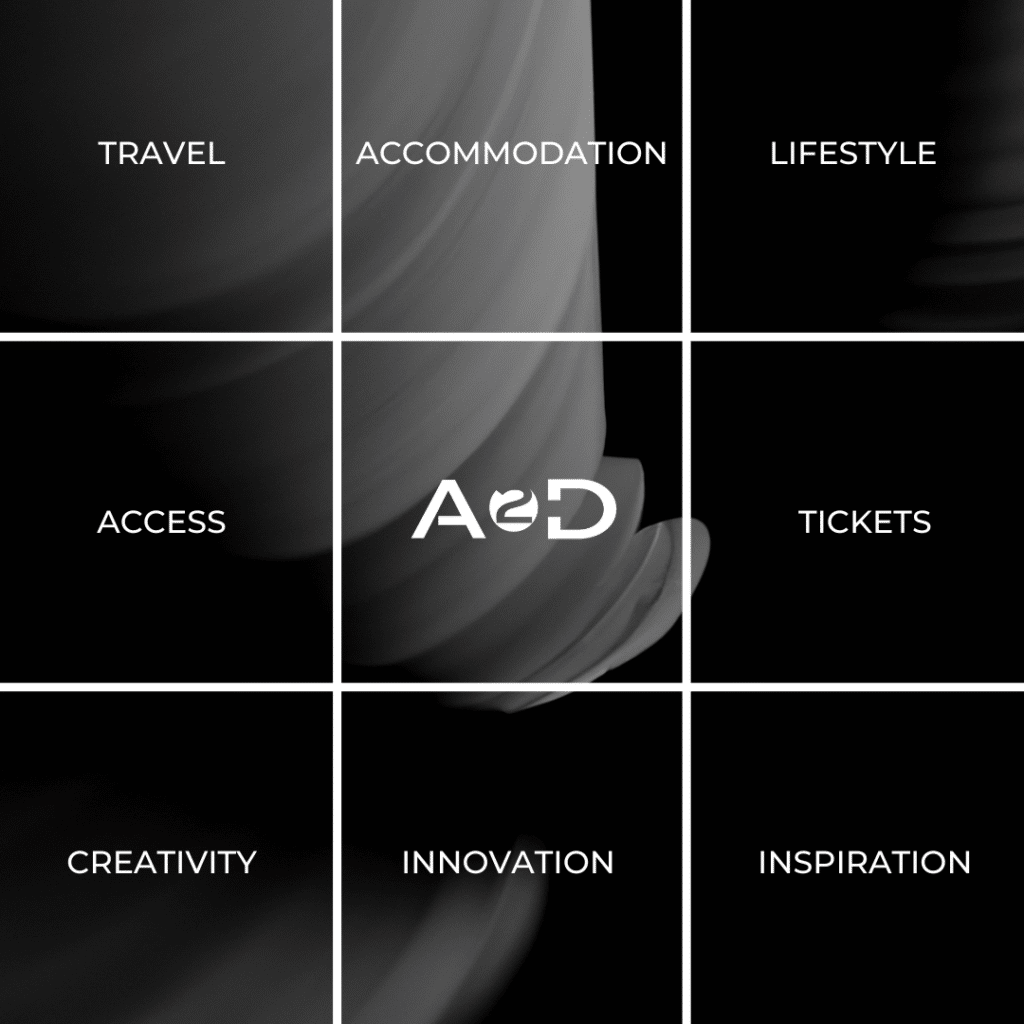In this article, we explore how retailers in Europe are utilising technology to develop intelligent commerce journeys.
As recent sector reports have noted, customers these days are expecting retailers to offer personalised buying journeys, as well as blended online and offline interactions during. Retailers are starting to understand that this personalised, ‘omnichannel’ retail experience is essential to both attract and deepen customer interest. And EQ commerce – including AI and developments in ‘phygital’ spaces – is one of the ways forward.
EQ COMMERCE
EQ-Commerce is, broadly speaking, a retail strategy that utilises technology, and other elements, to create dynamic and empathetic retail and marketing experiences.
EQ-Commerce focuses on a customer-centric retail experience (and that is sometimes hyper-personalised) – with everything from personalised shopping feeds to virtual stores, to involving specific, independent tastemakers. EQ-Commerce focuses less on simply achieving the sale, and more on developing a constructive dynamic with the customer, based on analytical and proactive techniques.
Because EQ-Commerce’s priority is the customer experience, it often blends digital and physical experiences for maximum impact – the ‘phygital’ concept – and utilises AI to help personalise experiences. We’ll explore both AI and ‘phygital’ retail further below.
Some Examples
Some examples of EQ-Commerce in action include Vodafone’s involvement in the Mighty Hoopla music festival in London. Vodafone wanted hearing-impaired attendees to feel as much of the music experience as possible. So, they created a haptic suit that allowed users to literally feel the vibrations of the music and crowd around them and experience the festival viscerally.
Sports retailer Decathlon also teamed up with a marketing agency in Belgium, to set up the country’s first e-cycling team for prison inmates. The team were able to e-cycle anonymously on the virtual cycling platform Zwift. The brand prides itself on its human-focused ethos and wanted to create a sense of freedom among the inmates, by giving them a gateway to experience the outside world.
ARTIFICIAL INTELLIGENCE
AI has provided retailers with significant opportunities in their EQ-Commerce offerings. Companies are using AI simulations to enhance store layout, design seamless in-person experiences and speed up retail processes, like self-checkout. AI is also allowing companies to improve in-store experiences and promotions.
Some Examples
For example, at a very straightforward and easy to apply level, Europe and China-based company Hanshow produces electronic shelf labels that: provide accurate, continually updated pricing, including discounts and offers; showcase more product information than traditional labels to entice the customer, and have the capacity to work as IoT devices for further digitalisation (like for AI shelf monitoring systems and just-walk-out stores).
EMOTION A.I
Emotion AI uses AI technology to measure and understand human emotion – through reading facial expressions, speech and environment – and then uses that data set to respond accordingly.
Retailers are beginning to explore the possibilities of emotion AI, and how it can be used to hyper-personalise the customer buying journey. Expectations from this technology include providing customers with personalised offers as well as empathetic, personalised interactions.
Some Examples
Companies like Quividi in Paris and SightCorp in Amsterdam develop AI and emotion AI tools for retail environments (among others). Quividi, for example, uses video analytics to measure audience and traffic in public spaces to optimise media campaigns. SightCorp focuses on emotion AI, offering solutions that provide face analysis, mood measurement and audience analytics.
As remarkable as these advances are, there are also privacy concerns to be aware of with emotion AI, as the technology will usually involve collection of personal data. Retailers should keep this in mind when exploring applications of these technologies.
PHYGITAL RETAIL
Brands are using ‘phygital’ methods to enhance the flexibility, personalisation and emotional connection of the customer buying journey. For example, the use of virtual dressing rooms is a good illustration of the increased flexibility and customer-centric adaptations provided by ‘phygital’ retail.
Additionally, retailers are starting to view their in-store customers as targets for on-the-spot digital marketing. Grocery stores in particular are blending online marketing displays and styles with in-store presence, to target their in-store customers.
Some Examples
Swedish company, IKEA, has been a fast adopter of ‘phygital’ methods. The company has refurbished its smartphone app to not only provide ways of buying online and remotely, but also to serve as a ‘virtual companion’ in-store. For example, customers can use the app to ‘scan and go’, without queuing at the checkout. The company has also improved its 3D modelling and VR technologies – through its IKEA Kreativ experience – to help customers design and visualise products in their own homes.
The European group of electronic car company smart, is also adopting a seamless approach to ‘phygital’ experiences. smart has improved its mobile app to provide a unified customer buying journey across its online platform and physical showrooms. Customers can switch back and forth between the two paths at any point in their buying journey, depending on their own preferences and availability.
With so many innovations in EQ-Commerce to discover, we can provide you with the tools to stay informed and learn. Our Business Innovation Travel programs can connect you with leading innovators all around the world, so that you can meet face-to-face with project leaders to learn, collaborate and grow.
To explore options for your business, get in touch with us today.









